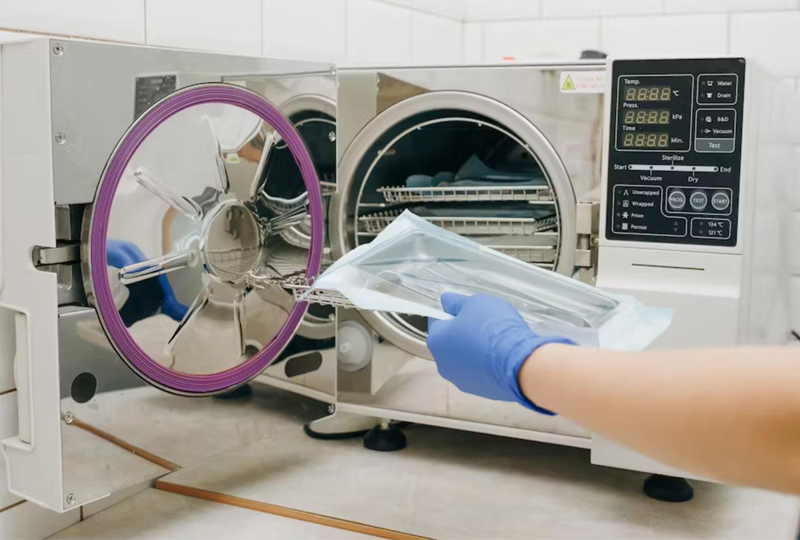What are the limitations or challenges associated with MWD technology?...
Read MoreWhat is the difference between boiling and high-pressure sterilization?
Boiling sterilization and high-pressure sterilization are two different methods for sterilization of instruments and equipment.
Boiling is a simple and inexpensive sterilization method that involves immersing items in boiling water for a period of time. Boiling can effectively kill most bacteria and viruses, but its effect on spores and other recalcitrant microorganisms is poor. Boiling can also cause damage to some delicate instruments and is not suitable for thermal sensitive items.
On the other hand, high-pressure sterilization is a more advanced sterilization method that uses steam, chemicals, or a combination of both to sterilize instruments and equipment. High pressure sterilization equipment typically operates at higher temperatures and pressures than boiling, which makes it more effective in killing a wider range of microorganisms, including spores. The high-pressure sterilization process is also more consistent and reliable than boiling, and can be used for a wider range of instruments and equipment, including thermosensitive instruments and equipment.
In summary, although both boiling and high-pressure sterilization can be used to sterilize instruments and equipment, high-pressure sterilization is often considered a more effective and reliable method that can be used for a wider range of items. However, the selection of sterilization methods will depend on the specific requirements of the dental clinic and the type of instruments and equipment being sterilized

Extend Knownledges
What are the limitations or challenges associated with MWD technology?
What are the limitations or challenges associated with MWD technology?...
Read MoreAre there any limitations or considerations for using an autoclave?
Are there any limitations or considerations for using an autoclave?...
Read MoreWhat temperature and pressure are typically used in an autoclave?
What temperature and pressure are typically used in an autoclave?...
Read More